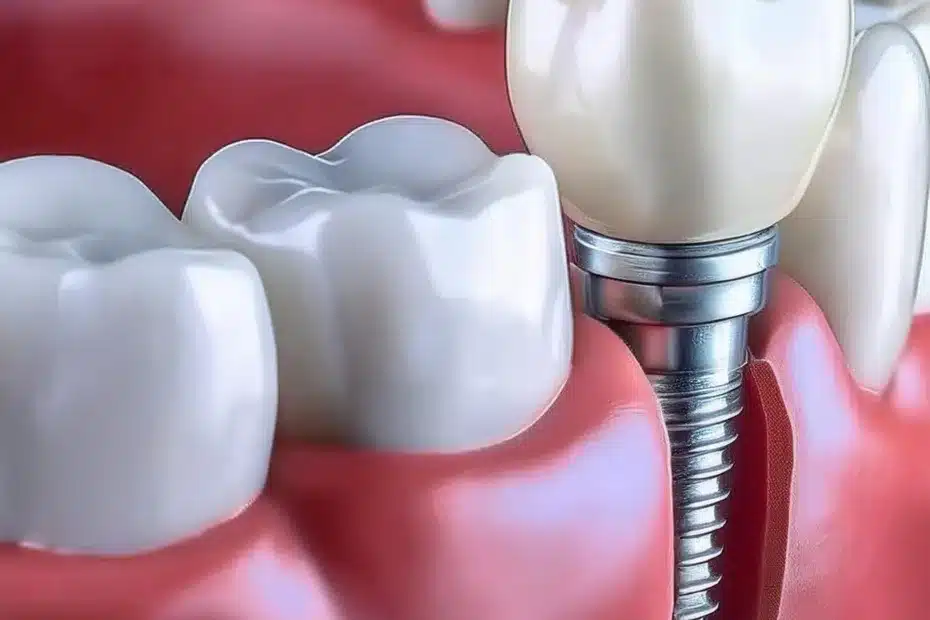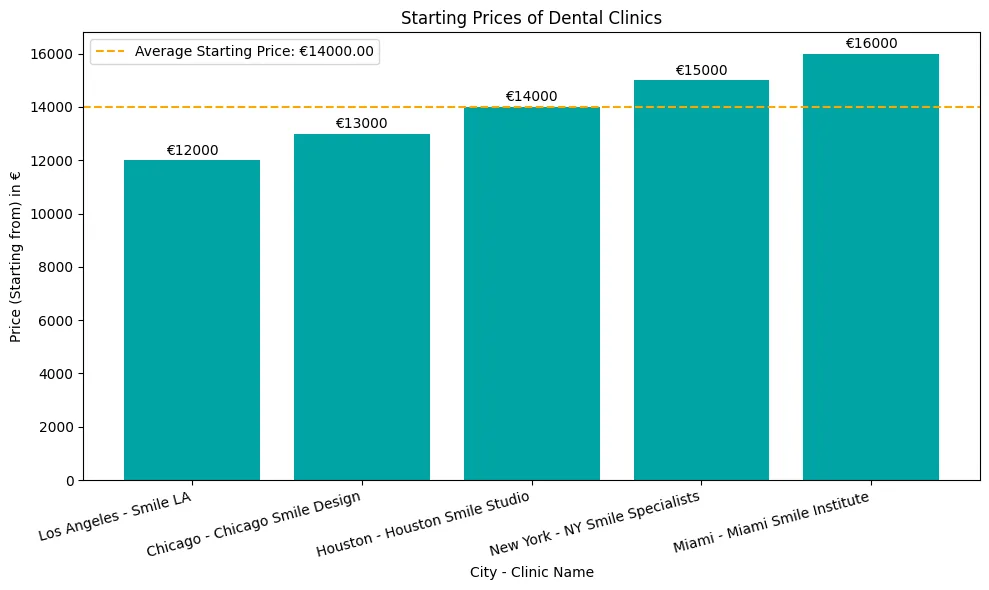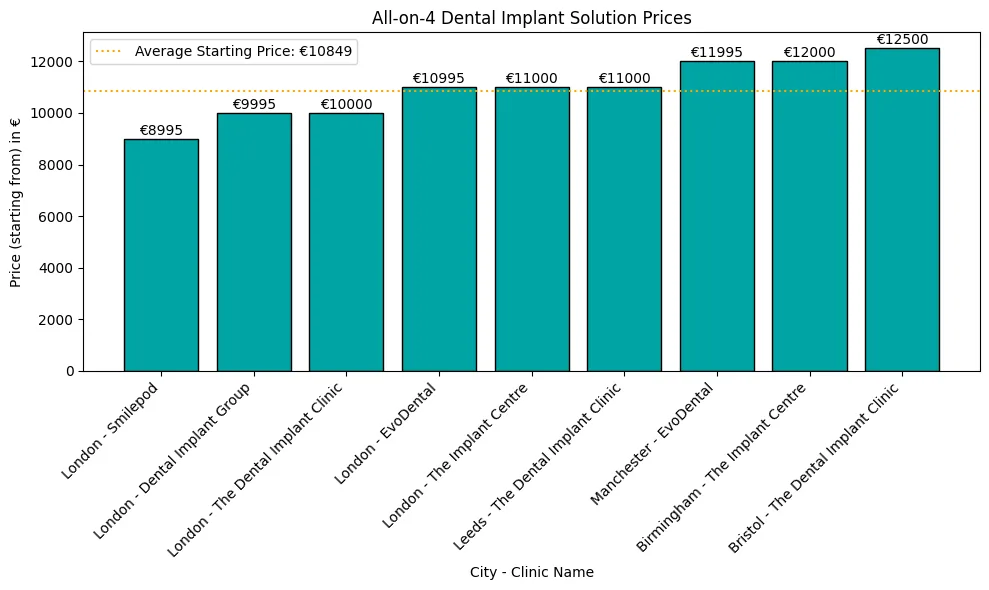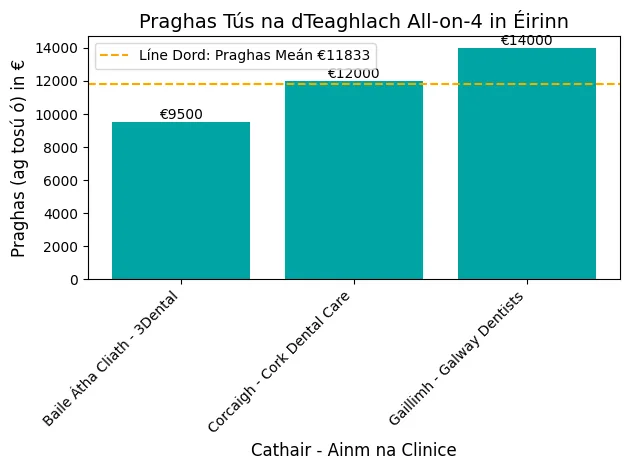Thinking of All-on-4 dental implants but unsure if immediate or delayed loading is for you?
Many patients struggle with this decision, worried about the recovery time, the stability of the implants, and the overall success of the treatment.
What are the differences between immediate and delayed loading dental implants?
Immediate loading dental implants offer time efficiency and aesthetic advantages with a 94% success rate, suitable for patients with good bone quality and oral health. Delayed loading ensures better osseointegration and a higher success rate of 98%, ideal for patients with compromised bone quality or requiring additional procedures
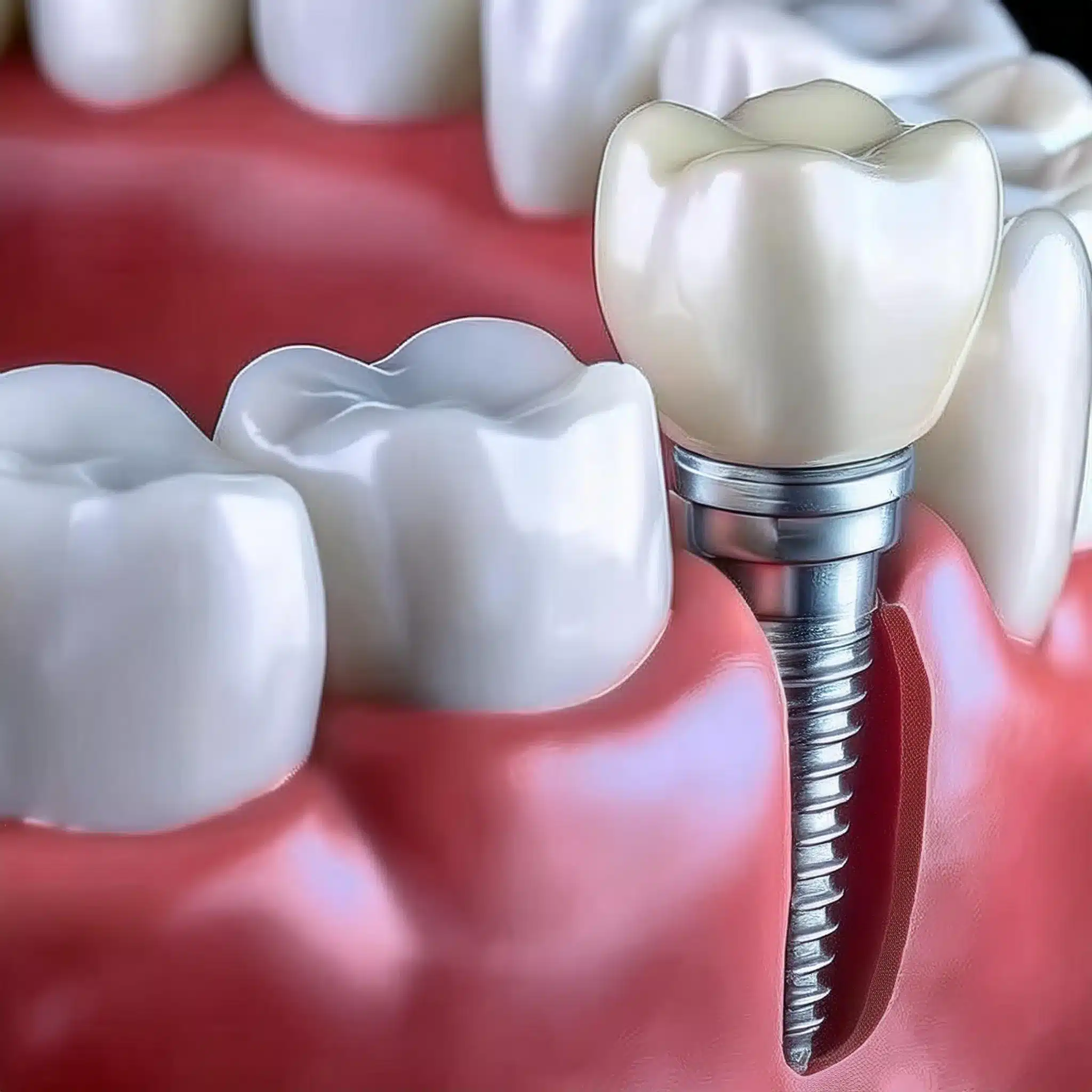
Understanding differences between Immediate and Delayed Loading in All-on-4 Dental Implants?
Immediate loading and delayed loading in All-on-4 dental implants differ only in the timing of attaching the prosthesis to the implants.
Immediate loading is when the prosthesis is placed within 48 hours of surgery, suitable for patients with high bone density.
Delayed loading is when the prosthesis is placed after 3 to 6 months of healing, ideal for patients with poor bone quality.
Studies show similar survival rates for both; immediate loading gives quicker results and delayed loading gives more predictable results for complex cases.
Key Points:
Immediate Loading: For patients with high bone density, gives quicker aesthetic results.
Delayed Loading: For patients with poor bone quality, gives more predictable and stable results.
Survival Rates: Same for both, immediate loading 93.3% and delayed loading 94.9% 10-year survival rate
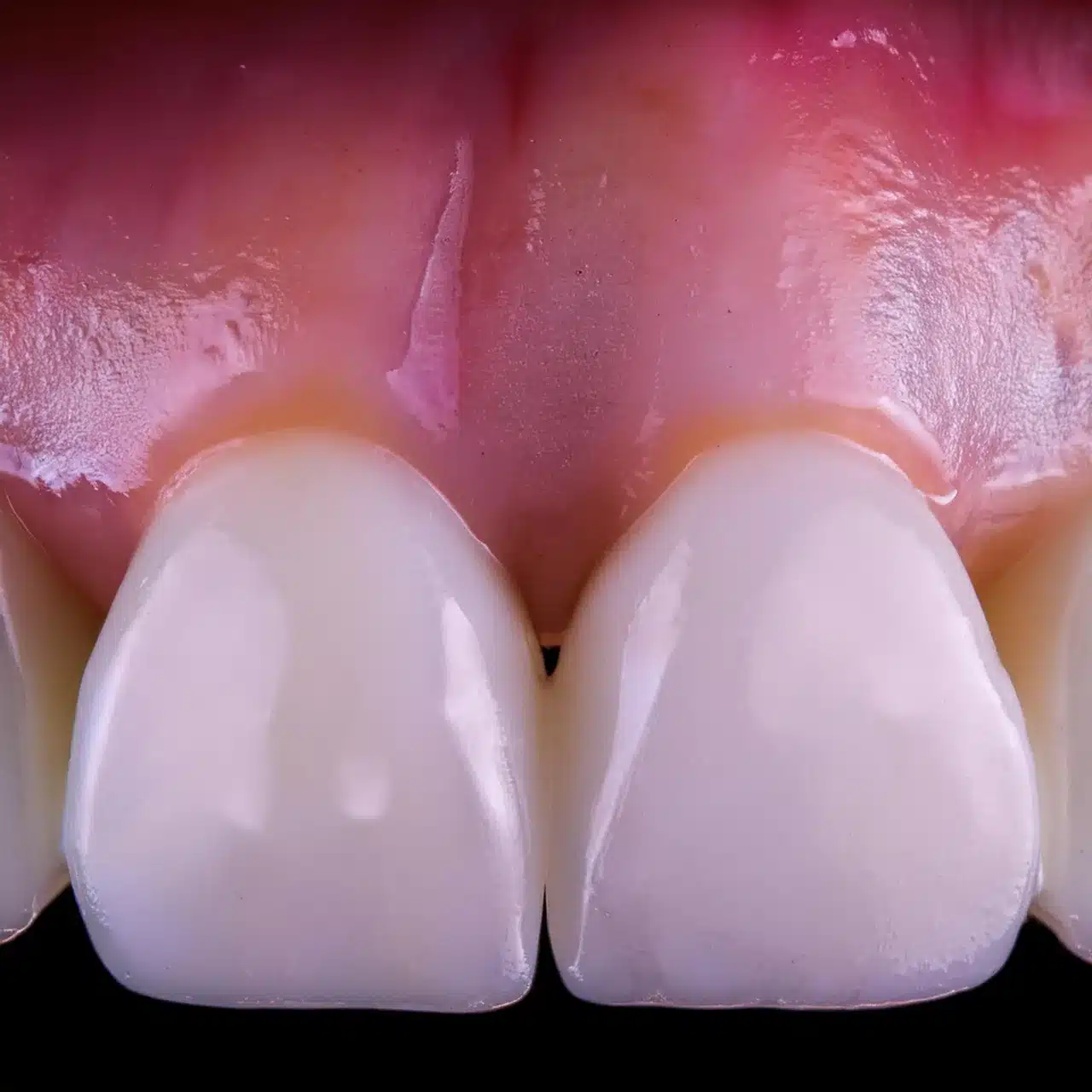
What is Immediate Loading All-on-4 Dental Implants
Immediate loading in All-on-4 dental implants is when the prosthesis is placed within 48 hours of surgery, gives quicker aesthetic results and less recovery time.
Advantages
Faster Recovery: Immediate loading allows patients to get back to normal activities sooner; some studies show significant reduction in recovery time compared to delayed loading (1).
Quicker Aesthetic Results: Immediate loading gives immediate aesthetic results, which boosts patient confidence and satisfaction (2).
Fewer Surgical Procedures: Immediate loading requires fewer surgical procedures as the prosthesis is placed during the initial surgery (3).
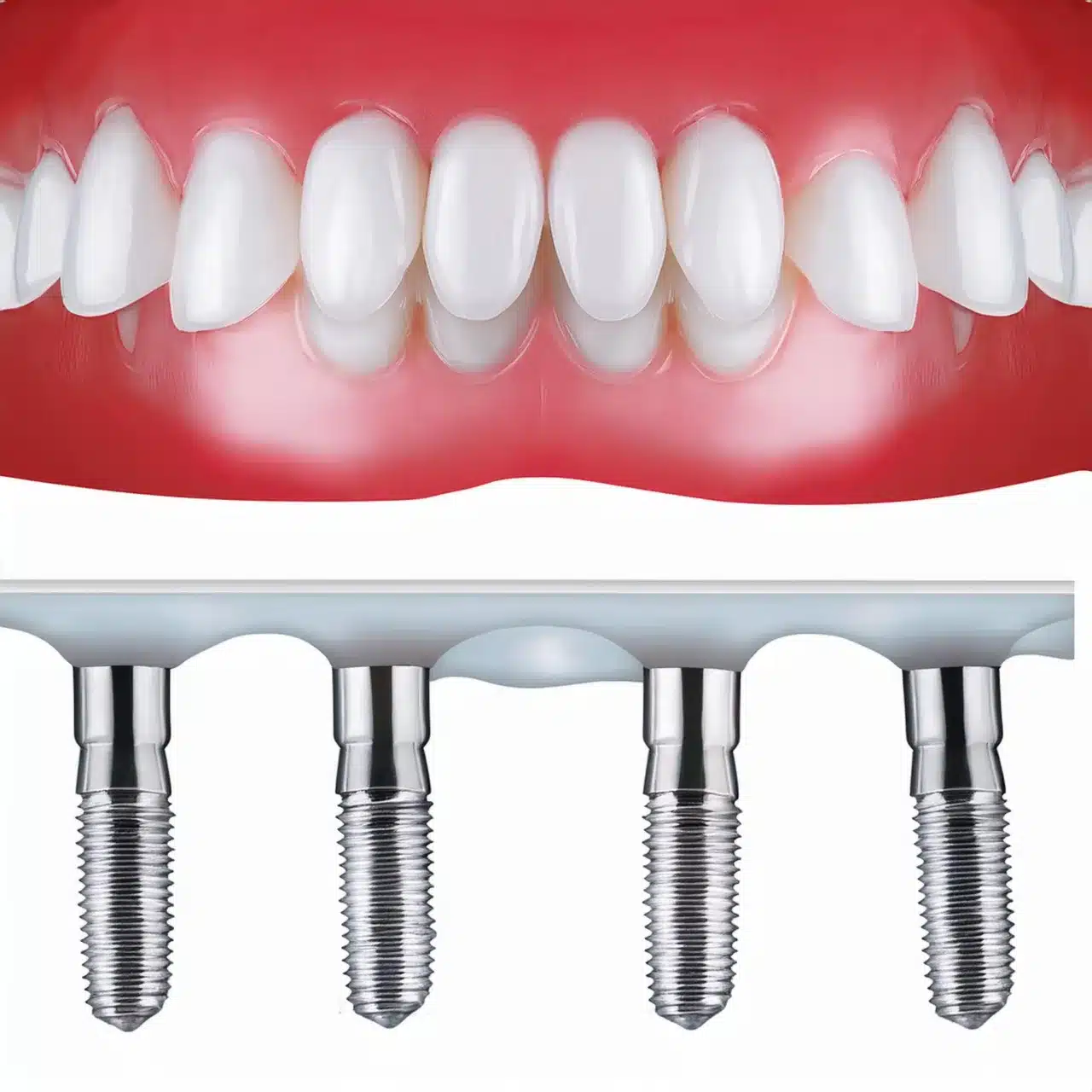
Who’s a Good Candidate for Immediate Loading
High Bone Density: Patients with high bone density are good candidates for immediate loading as their bone can support the immediate placement of the prosthesis (1).
Good Overall Health: Patients in good overall health with no major medical conditions are more likely to be suitable for immediate loading (2).
Bone Augmentation: Patients with insufficient bone volume may require bone augmentation to achieve primary stability for immediate loading.
Contraindications
Higher Risk of Complications: Immediate loading has a higher risk of complications such as implant failure and bone resorption, especially in patients with poor bone quality (3).
More Expensive: Immediate loading is more expensive than delayed loading as it requires more advanced surgical techniques and materials (3).
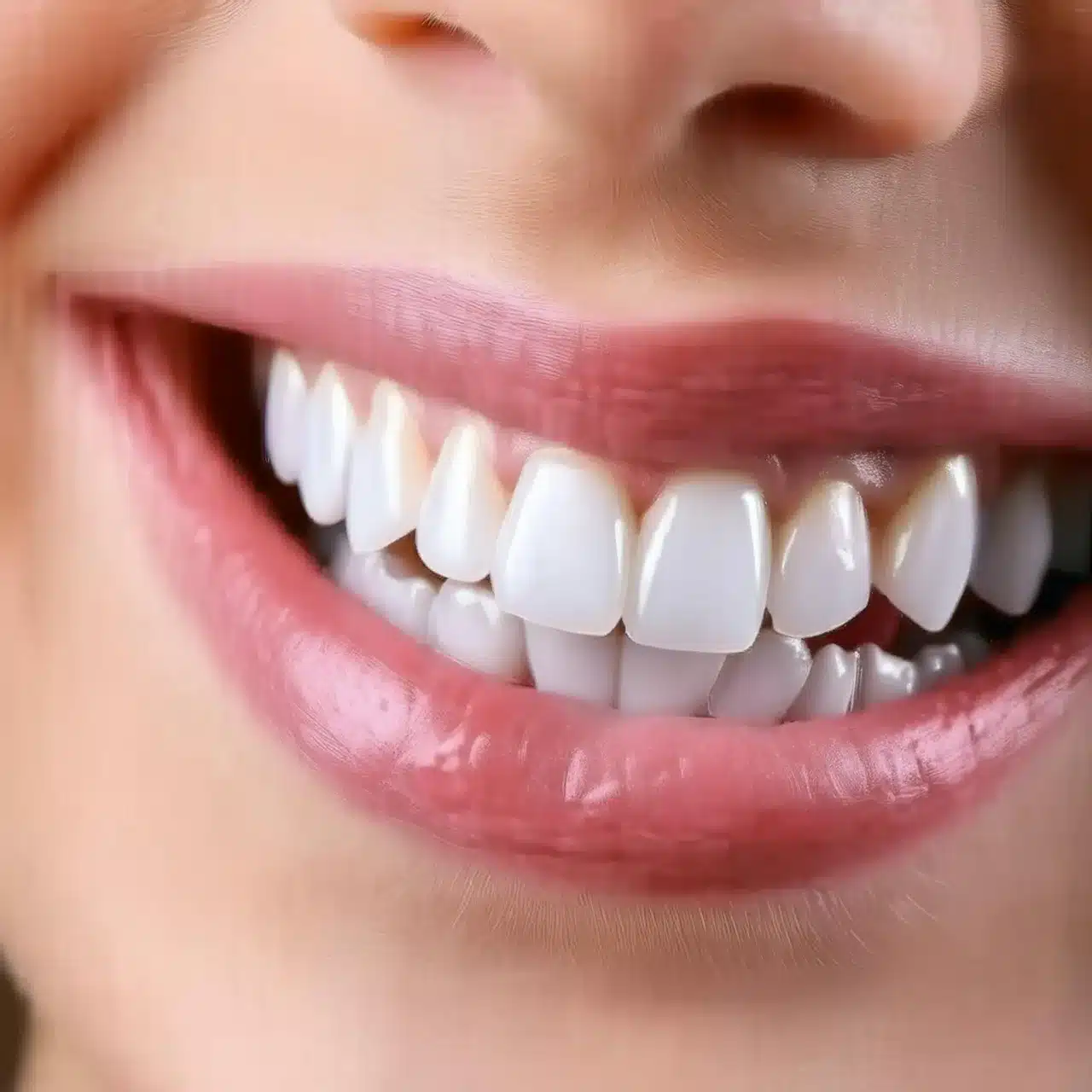
What is Delayed Loading All-on-4 Dental Implants?
Delayed loading in All-on-4 dental implants, often involving bone grafting, is when the prosthesis is placed after 3 to 6 months of healing, for patients with poor bone quality.
Advantages
More Predictable Results: Delayed implant loading gives more predictable results for complex cases as it allows for adequate healing and osseointegration of the implants (2).
Less Risk of Complications: Delayed implant loading reduces the risk of complications such as implant failure and bone resorption, especially in patients with poor bone quality (3).
Better Implant Stability: Delayed implant loading gives better implant stability as the healing period allows for the formation of a strong bone-implant interface (1).
Poor Bone Quality: Patients with poor bone quality are good candidates for delayed implant loading as it allows for adequate healing and osseointegration of the implants (2).
Complex Cases: Delayed implant loading is for complex cases such as those with significant bone loss or multiple implant placements (3).
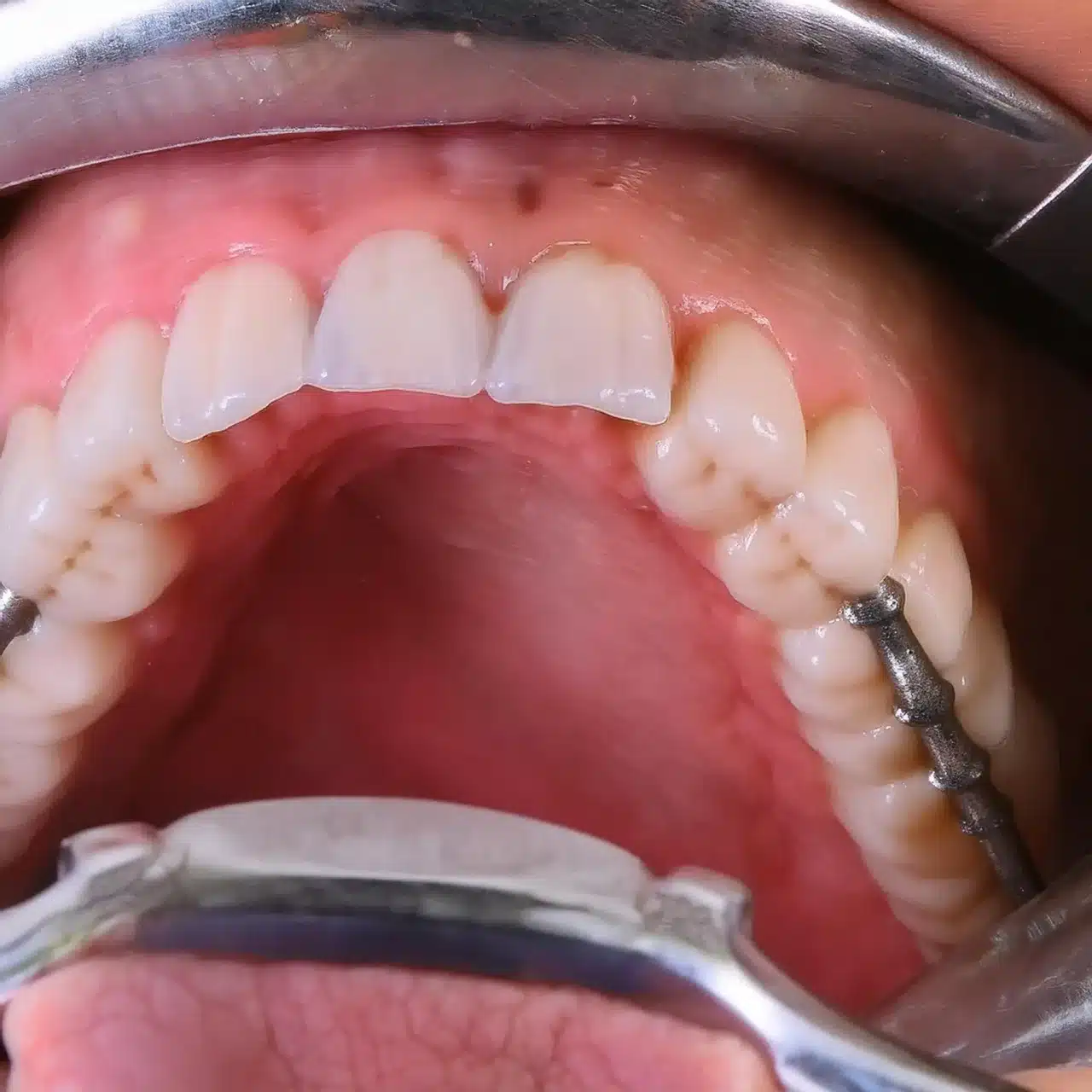
Contraindications
Longer Recovery Time: Delayed loading requires longer recovery time, which is a disadvantage for patients who need immediate aesthetic results (2).
More Expensive: Delayed loading is more expensive than immediate loading as it requires additional surgical procedures and follow-up appointments (1).
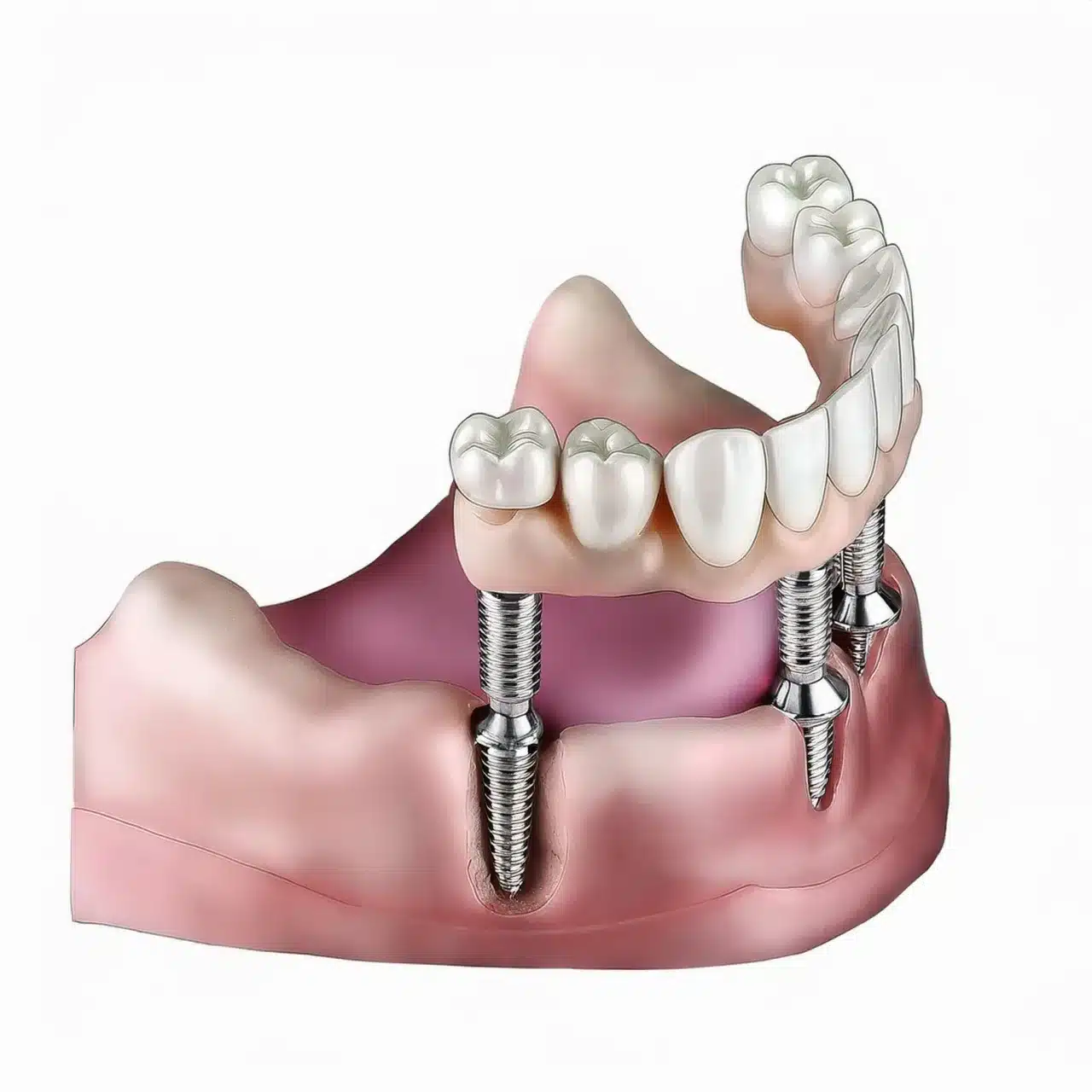
Immediate vs Delayed Loading: Survival Rates and Outcomes
Comparing immediate and delayed loading in All-on-4 dental implants involves looking at survival rates and outcomes to determine the best approach for restoring missing teeth.
Clinical Studies and Results
Survival Rates: A longitudinal study showed immediate loading had 93.3% 10-year survival rate and delayed loading had 94.9% 10-year survival rate; both methods had similar results (1).
Bone Resorption: A prospective study found immediate loading had 1.4 mm of bone resorption and delayed loading had 0.8 mm of bone resorption; delayed loading may be better for bone preservation (2).
Oral Health-Related Quality of Life: An experimental clinical trial showed immediate loading increased oral health-related quality of life in patients with 24.5 points on the OHIP-14 scale compared to delayed loading (3).
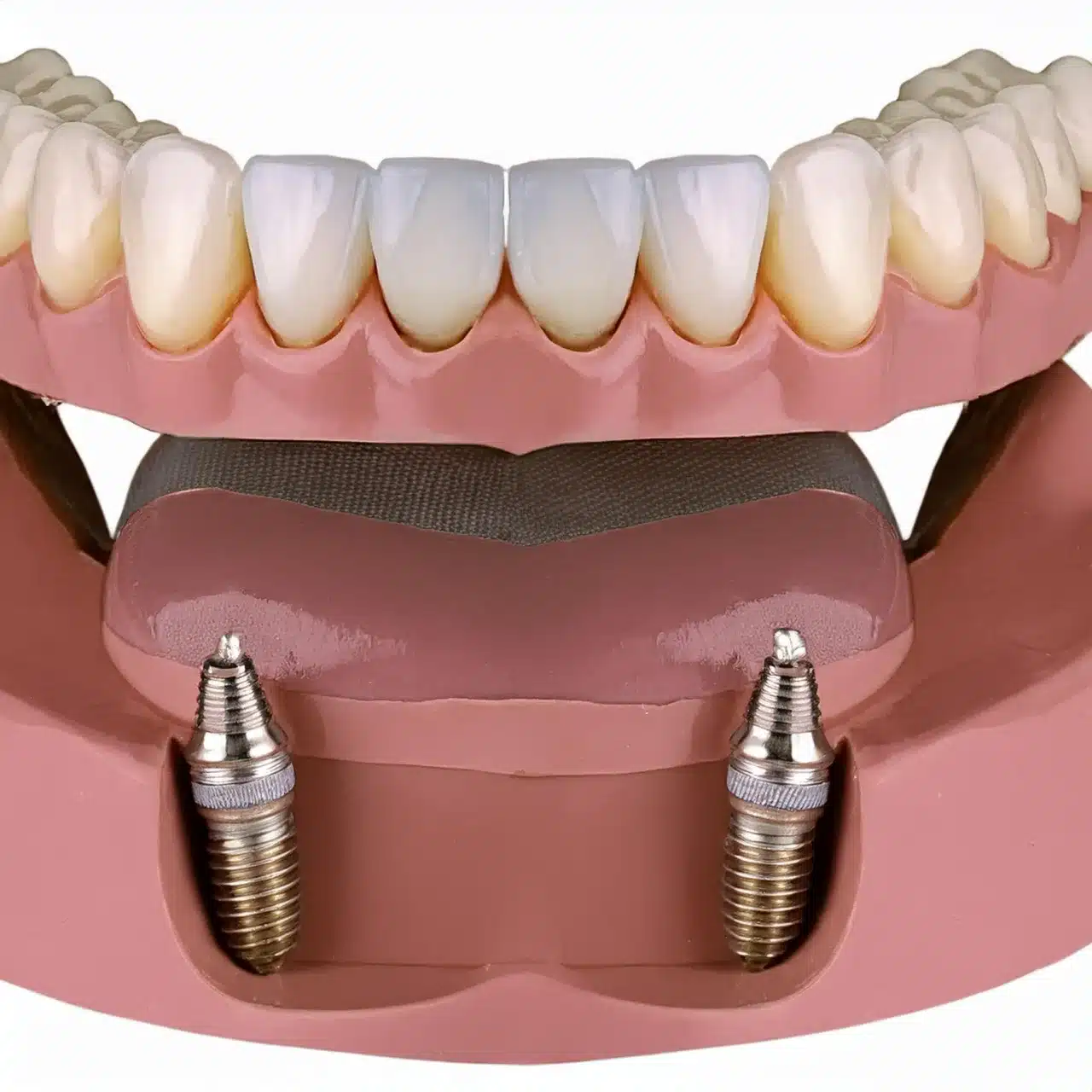
Success Rates
Bone Quality: Immediate and delayed loading success rates are dependent on bone quality; high-density bone is suitable for immediate loading and poor bone quality requires delayed loading (1).
Implant Stability: Primary stability of the implants is key to both immediate and delayed loading; higher stability means better results (2).
Immediate vs Delayed Loading: What to Consider
Choosing between immediate and delayed loading in All-on-4 dental implants involves patient factors and implant stability.
Patient Factors: Bone Quality and Density

Bone Density: Patients with high bone density are good candidates for immediate loading as their bone structure can support the immediate placement of the prosthesis. A study found that patients with bone density of 0.8 g/cm2 or higher had 95% success rate with immediate loading (2).
Bone Quality: Patients with poor bone quality, such as osteoporosis, are good candidates for delayed loading as it allows for adequate healing and osseointegration of the implants. A prospective study showed delayed loading had 92% success rate in patients with poor bone quality (3).
Implant Stability and Primary Stability
Primary Stability: Primary stability of the implants is key to both immediate and delayed loading.
A study showed implants with primary stability of 35 Ncm or higher had 98% success rate with immediate loading (1).
Implant Stability: Implant stability is also dependent on the type of implant.
A study comparing different implant types found tapered implants had better success rate with immediate loading and straight implants with delayed loading (3).
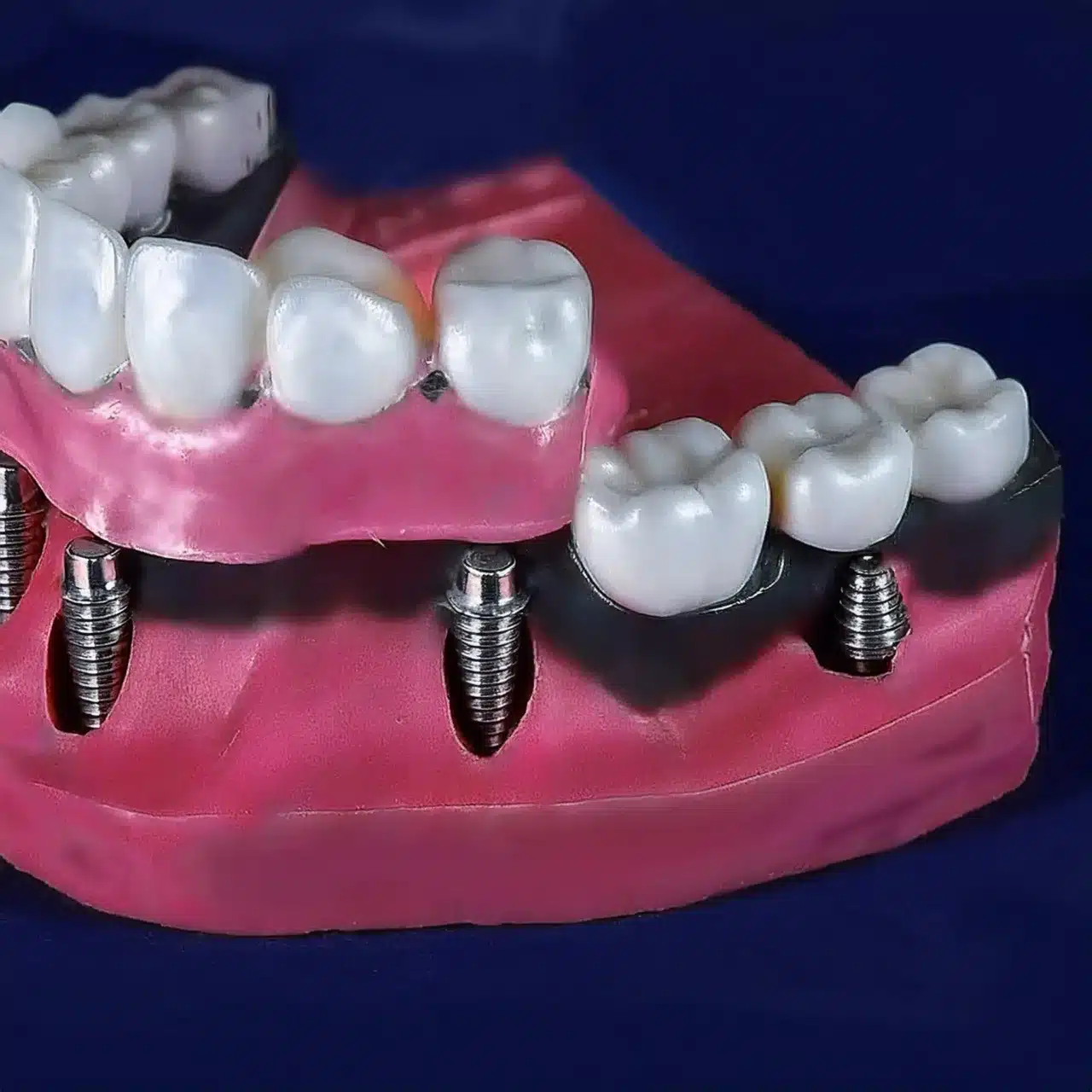
Conclusion & Key-Takeaways
Key-Takeaways:
Immediate Loading: For patients with high bone density, quicker aesthetic results and 93.3% 10-year survival rate.
Delayed Loading: For patients with poor bone quality, more predictable and stable results with 94.9% 10-year survival rate.
Patient Factors: Bone quality and density is the key to choosing between immediate and delayed loading.
Implant Stability: Primary stability of the implants is key to both immediate and delayed loading.
Conclusion:
Choosing between immediate and delayed loading in All-on-4 dental implants involves patient factors and implant stability. Both have similar survival rates, immediate loading is quicker and delayed loading is for complex cases.
FAQ
References
Uesugi T, et al. The All-on-four concept for fixed full-arch rehabilitation of the edentulous maxilla and mandible: a longitudinal study in Japanese patients with 3–17-year follow-up and analysis of risk factors for survival rate. Int J Implant Dent. 2023;9:43.
Article: The All-on-four concept for fixed full-arch rehabilitation of the edentulous maxilla and mandible: a longitudinal study in Japanese patients with 3–17-year follow-up and analysis of risk factors for survival rateAtieh MA, et al. Effects of Immediate and Delayed Loading on the Outcomes of All-on-4 Treatment: A Prospective Study. J Oral Implantol. 2017;43(3):231-238.
Article: Effects of Immediate and Delayed Loading on the Outcomes of All-on-4 Treatment: A Prospective StudyAl-Thobity AM, et al. Effect of immediate versus delayed loadings of dental implants on the oral health-related quality of life in Saudi population: Experimental clinical trial. J Clin Diagn Res. 2020;14(9):ZC01-ZC06.
Article: Effect of immediate versus delayed loadings of dental implants on the oral health-related quality of life in Saudi population: Experimental clinical trial

